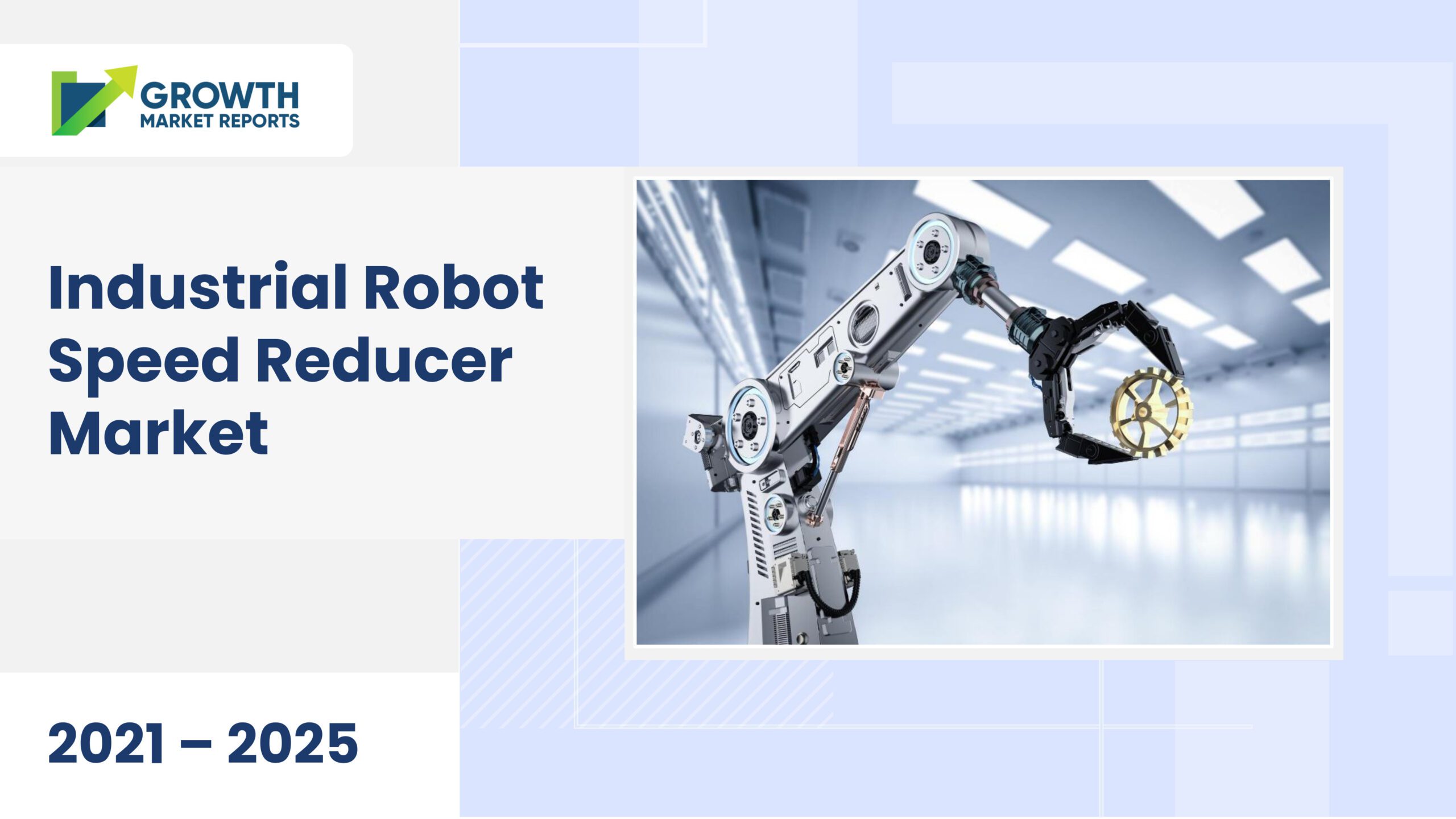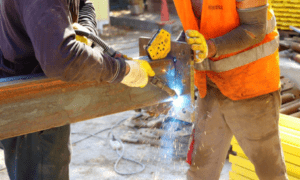The global industrial robot speed reducer industry size was valued at USD 1,095.6 Million in 2020 and is projected to reach USD 1,476.9 Million by 2025, expanding at a CAGR of 9.1% during the forecast period.
Market Outlook:
The industrial robot speed reducer market is projected to experience substantial growth in the coming years, primarily driven by the increasing adoption of automation across industries. Speed reducers, also known as gearboxes or gear reducers, are mechanical devices that reduce rotational speed and increase torque, allowing industrial robots to operate with precision and power. These components are essential for achieving precise movements, controlling the force exerted by the robot, and maintaining accuracy during various applications.
speed reducers that offer not only accuracy but also safety features.
Market Trends:
Miniaturization and Lightweight Design: A prominent trend in the industrial robot speed reducer market is the development of compact and lightweight reducers. As industrial robots become more versatile and adaptable, the need for smaller, yet powerful speed reducers is rising. These lightweight components allow robots to maneuver in tight spaces and handle intricate tasks with agility.
High Precision and Low Backlash: Precision is a critical factor in industrial automation, especially in applications such as electronics assembly and medical device manufacturing. Manufacturers are focusing on producing speed reducers with minimal backlash (play between gears) to ensure precise movements and improve the overall quality of the end product.
Efficiency and Energy Conservation: With the emphasis on sustainable manufacturing, energy-efficient speed reducers are gaining traction. By minimizing energy consumption, these reducers contribute to cost savings and align with the growing environmental consciousness in industries.
Integration of Sensors and Smart Features: Speed reducers are incorporating sensor technologies to monitor various parameters such as temperature, load, and vibration. This integration enables predictive maintenance, reduces downtime, and enhances the lifespan of the speed reducer and the overall robot system.
Customization and Application-Specific Solutions: As industrial robots find applications in diverse industries ranging from automotive to food processing, the demand for application-specific speed reducers is increasing. Manufacturers are offering customized solutions tailored to the unique requirements of different sectors.
Rise of Servo Gearboxes: Servo-driven robots require specialized speed reducers called servo gearboxes. These gearboxes provide high torque density and accurate motion control, making them suitable for advanced automation applications such as CNC machining, 3D printing, and semiconductor manufacturing.
The emergence of Direct Drive Systems: Direct drive systems eliminate the need for traditional speed reducers by directly coupling the motor to the robot joint. While this reduces the number of components and potential points of failure, it also poses challenges related to control algorithms and maintenance.
Industrial robotics has revolutionized various sectors by automating complex and repetitive tasks, enhancing efficiency, reducing human error, and improving overall productivity. A critical component that plays a vital role in the performance of industrial robots is the speed reducer. The industrial robot speed reducer market is an essential subset of the broader industrial robotics market, contributing significantly to the overall growth and development of automation solutions.
The rise of Industry 4.0, the integration of AI and IoT in manufacturing processes, and the demand for streamlined operations are propelling the growth of the industrial robotics market. As a result, the demand for advanced speed reducers is expected to surge. Moreover, the trend toward collaborative robots (cobots) that work alongside human workers in a shared workspace is creating a need for
In conclusion, the industrial robot speed reducer market is poised for growth as automation becomes an integral part of modern manufacturing and other industries. The trends toward miniaturization, precision, energy efficiency, and customization are driving innovation in this sector. As technology continues to evolve, speed reducers will play a crucial role in enhancing the performance, safety, and versatility of industrial robots, contributing to increased productivity and competitiveness across various industries.





























